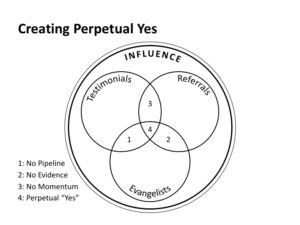Defuse Deceit With These Three Easy Strategies
Give others the benefit of the doubt until proven otherwise: That’s the business world’s version of “innocent until proven guilty.”
And that’s why you should make sure your suspicions about others are not just the result of you being envious. Don’t be paranoid, either. People who don’t always agree with your pitch early on aren’t necessarily opposed to it; they just may not yet appreciate what you’re bringing to the table.
Occasionally, some people do only think of themselves and may attempt to thwart your persuasion efforts for self-aggrandizing reasons. They take credit for what’s not theirs, manipulate others and seem concerned only with personal advancement. They might act passive-aggressively by seemingly taking your side but then constantly undermine you through faint praise and nuanced critiques.
When that type of deceit happens, control your emotions. Deceitful people can offend your sense of judgment to such a degree that you’re motivated to go head-to-head with them on an issue in a public setting. Don’t. That’s what they want you to do. A public — or at least an office — feud, whether you win or lose, will delay and often derail your persuasion plans. Most of them meander on interminably, with no resolution and with others rapidly losing interest or at least feeling uncomfortable in group settings.
Additionally, your opponent is likely skilled in the art of deception and will turn public conversations around as if to question your intentions.
Here are three strategies to counteract a deceitful target:
1. Contain the deceit.
Keep other options in your pocket to accomplish tasks without your opponent’s input. Isolating opposition or foot-dragging to minor issues, while gaining momentum on the major elements of your persuasion effort, will allow you to make necessary headway — much like the army that maneuvers around a single island of resistance on the way toward its ultimate goal.
2. Shine a spotlight.
In meetings with others, ask your opponent to discuss his or her concerns. While it’s easy to be deceitful, presenting the facts and figures to defend the deception is much more difficult. This is why group meetings play an important role in honest persuasion exploration.
3. Pay attention to meeting agendas.
The deceitful will place their agenda items at the end of meetings, because they know that’s when the rubber stamp comes out and people are eager to move on. So make sure that those items are higher on the agenda; you will then control the conversation.











